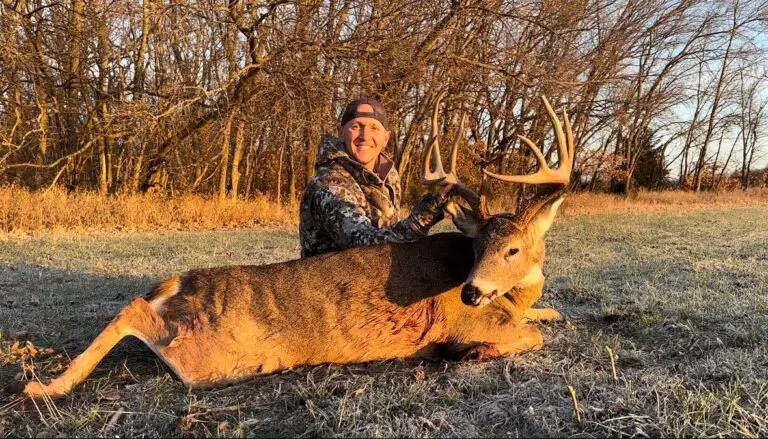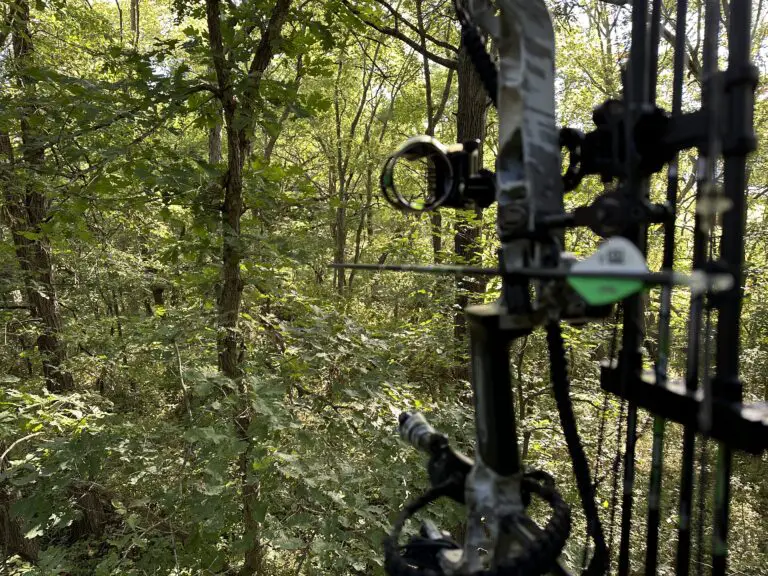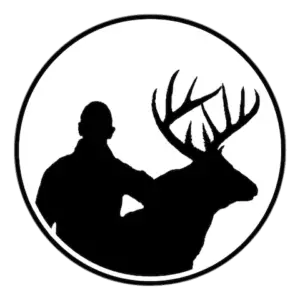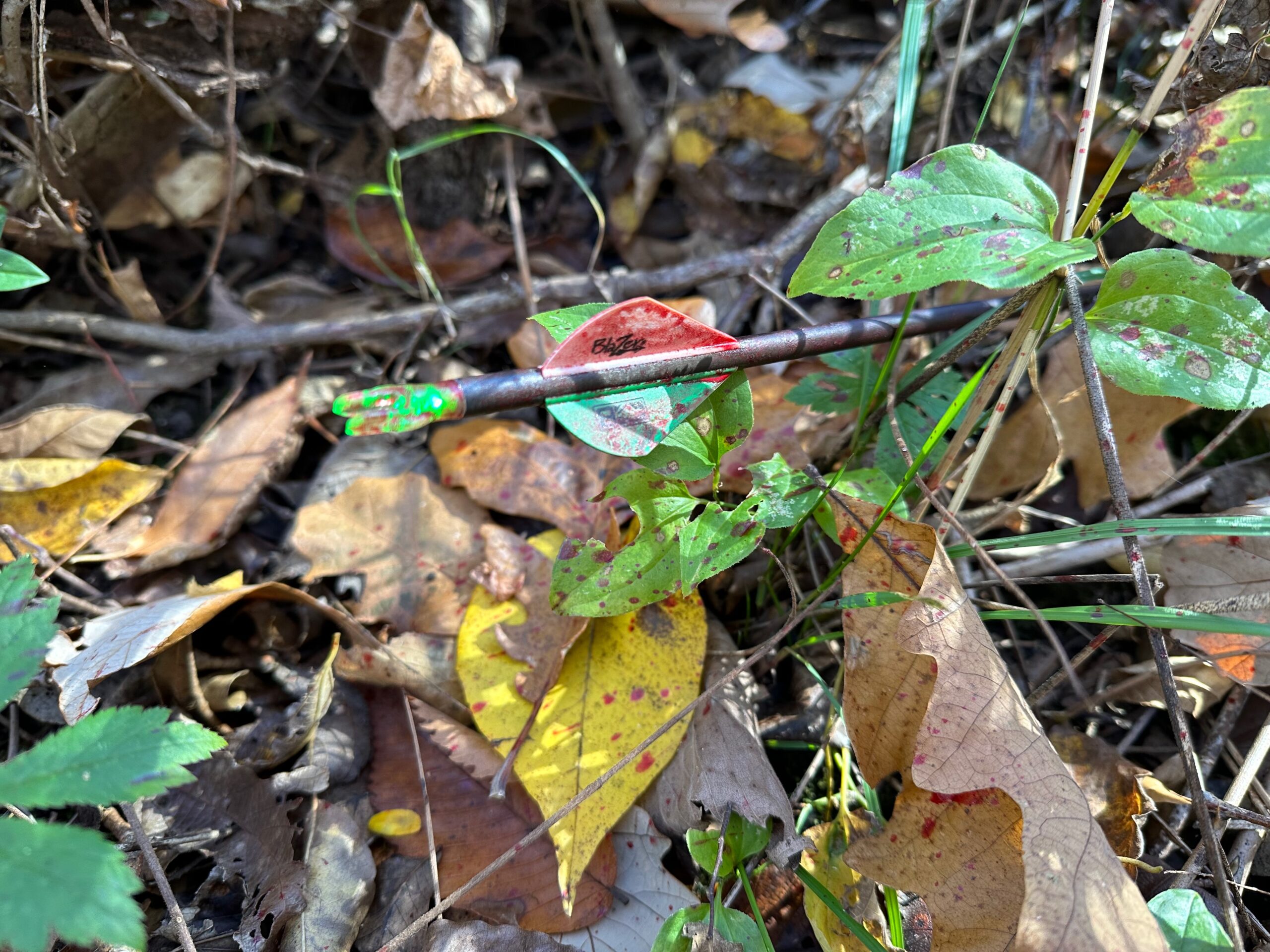I have a lot of experience shooting deer with both mechanicals and fixed-blade broadheads. As a matter of fact, I shot mechanicals for over a decade before I switched to using fixed-blade broadheads. My experiences with mechanicals and what I have learned about broadhead lethality and penetration, have led me to one conclusion. I will never shoot mechanical broadheads again! So, why are fixed-blade broadheads better?
Fixed blade broadheads penetrate deeper, are more durable, more reliable, more dependable, and more lethal than mechanical broadheads. However, not all fixed blade broadheads are created equal so it’s important to choose one with a good structural integrity, tip design, blade angle, and sharpness.
So why would someone choose to shoot a mechanical broadhead if fixed-blades are that much better? Well, let’s look at the pros and cons of each type of broadhead.
(Scroll to the bottom of this page to see which broadheads I recommend buying)
Pros and cons of fixed-blade and mechanical broadheads
Mechanical Broadheads (Expandable)
Pros
- Because they fly better.
- Because some models have large cutting diameters, creating better blood trails
- Because they don’t need sharpened. Replacement blades
Cons
- Mechanical failure. They don’t expand or open up or they open up during flight
- Not durable. Blades will need replaced often or the head will bend
- Don’t penetrate as good as fixed-blades, especially if you hit bone
Fixed-blade Broadheads
Pros
- Maximum penetration
- No risk of mechanical failure (Cut on contact)
- More durable
Cons
- Takes more work to get them shooting accurately
- Might need to be sharpened (depending on the type of broadhead)

Should you shoot fixed-blade or mechanical broadheads
Before I help you decide what type of broadhead to shoot, I want to remind you that I have had a lot of success shooting deer with mechanical broadheads. Click this link to see some of my bucks and learn more about me. Most of those bucks were shot with mechanicals before I switched to fixed-blade. With that being said, I’m confident that I would be hurting your odds of killing and recovering more deer if I told you to shoot mechanical broadheads.
Ask yourself these questions:
- Are you willing to lose a deer, or a monster buck, because your arrow didn’t penetrate enough?
- Are you willing to risk your broadheads not opening up during penetration or opening up too early before it hits the deer?
- Are you unwilling to spend time shooting your bow to get your arrows tuned to group well with fixed-blade broadheads?
- Are you shooting a bow with a draw-weight of 60lbs or more?
If you answered no to any of these questions, you need to be shooting fixed-blade broadheads.
If you shoot a deer through its vital organs, they will die even if you shoot them with a field point on the tip of your arrow (not recommended and not legal). In hunting situations, we can’t assume that our arrows will hit the deer exactly where we want it to. You can bet that you will hit bones like ribs or shoulder blades from time-to-time. So, how would you feel if you shot a monster buck and your arrow didn’t penetrate through its shoulder?
We want our arrows to completely pass through deer, as opposed to getting stuck in them or bouncing off. Do you know why doctors don’t pull a knife out of a person until they are ready to operate on them? It’s because there is a better chance of the person bleeding out if the knife wasn’t there stopping that blood flow. Doctors want to be prepared to stop the bleeding as soon as the knife gets pulled out.
Mechanical broadheads simply don’t penetrate as good as fixed blades. Additionally, the larger the cutting diameter, the worse the penetration. Newton’s third law states that for every action (force) in nature there is an equal and opposite reaction. When mechanicals hit a bone, there is significant amount of force required for those blades to open up, expand, and penetrate. So, don’t be surprised if you shoot a deer’s shoulder bone with a mechanical broadhead and there’s not enough force to penetrate that bone and reach a deer’s vital organs.

At the time of writing this article, I have had 100% pass-throughs on every deer I have shot ever since I switched to shooting fixed-blade broadheads. When using mechanical broadheads I still had several passthrough shots, but I also had several shots where the arrow stayed stuck in the deer or didn’t penetrate. If you sum up all of my experiences with both fixed and mechanical broadheads, there is no doubt in my mind that fixed-blade broadheads are far superior if your goal is to kill and recover more deer.
If you choose to shoot mechanicals you may have a lot of great success with them. I know I did. However, don’t be surprised if you lose a deer from time to time. This is the hard truth that you will need to accept if you choose to shoot mechanicals. Hitting bone is going to happen to you at some point and I rather see you not lose that deer if you can do something to prevent that from happening. Why would you risk losing a monster buck because you in the shoulder with a mechanical broadhead! No bow hunter is good enough to avoid hitting bone 100% of the time.
If shooting accuracy is still a concern of yours, you can get fixed-blade broadheads to shoot like field points also. It just takes a little more effort on your part. However, you can shoot very accurate with fixed-blade broadheads if you build the right arrow for your bow. You can click this link to see my article on how to choose the correct hunting arrow.
Are you concerned about the price of broadheads? Well, I have already found that I’m saving a lot of money by not having to replace the blades on mechanical broadheads. I would also lose broadheads because the arrow was stuck in a deer that I couldn’t find. Now that I’m shooting fixed-blades I haven’t even had to buy a replacement broadhead yet. Most of my shots are passthroughs where I can find my arrows and all I have to do is resharpen them.
Are you concerned about sharpening broadheads? Yeah, I can definitely understand that. However, you don’t have to be good at sharpening or buy any sharpening tools if you don’t want to. There are fixed-blade broadheads that you can buy replacement blades for just like you can for mechanical broadheads. This is an easy way to transition to fixed-blades without learning how to sharpen broadheads.
If you still not convinced why fixed-blade broadheads are better than mechanicals and why they will help you kill and recover more deer, watch this video.
The best fixed-blade broadheads
Option 1: VPA Single Bevel
- Pros:
- Most penetration
- Most durable
- Cons:
- Expensive
- Must learn how to sharpen a single-bevel broadhead
Option 2: VPA 3-Blade
- Pros:
- Easy to sharpen since it’s a 3-blade design
- Very durable
- Cons:
- You will need to sharpen them
- Less penetration than the single bevel
Option 3: QAD Exodus (Full blade)
- Pros:
- Replaceable blades
- Don’t have to learn how to sharpen them or buy any tools
- Cons:
- Replacement blades will add up over time
The best mechanical broadhead
If you still not convinced to shoot fixed-blade broadheads and you choose to shoot mechanicals anyways, I suggest that you shoot something that will give you the best odds of penetration and shooting performance. Therefore, make sure you don’t shoot a broadhead that expands wider than 1.5”.
With that being said, this is the mechanical broadhead that I recommend.





